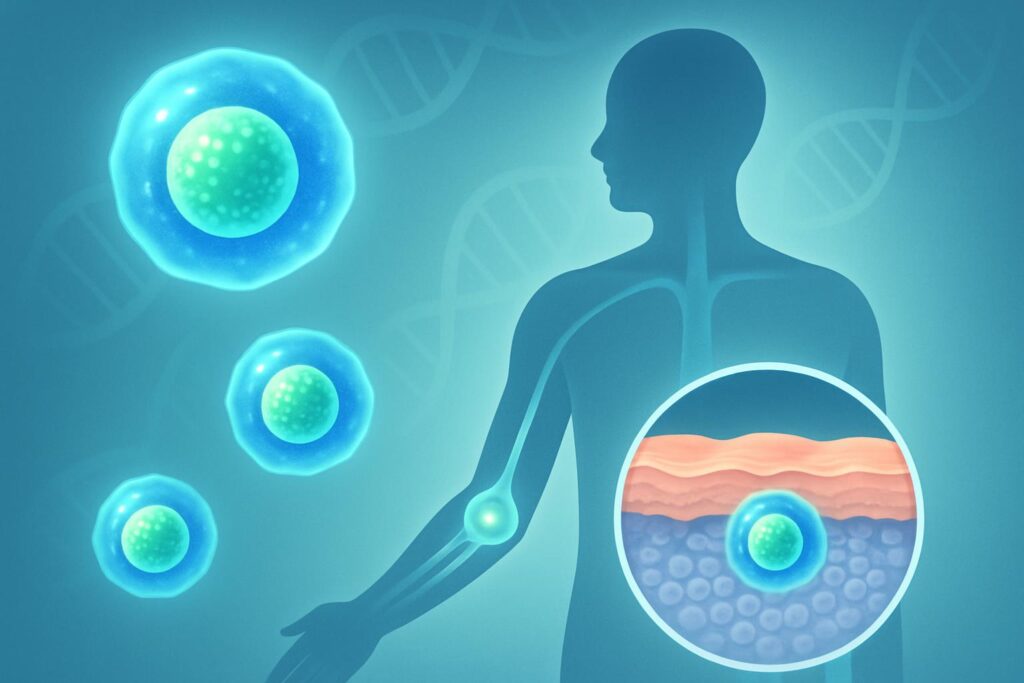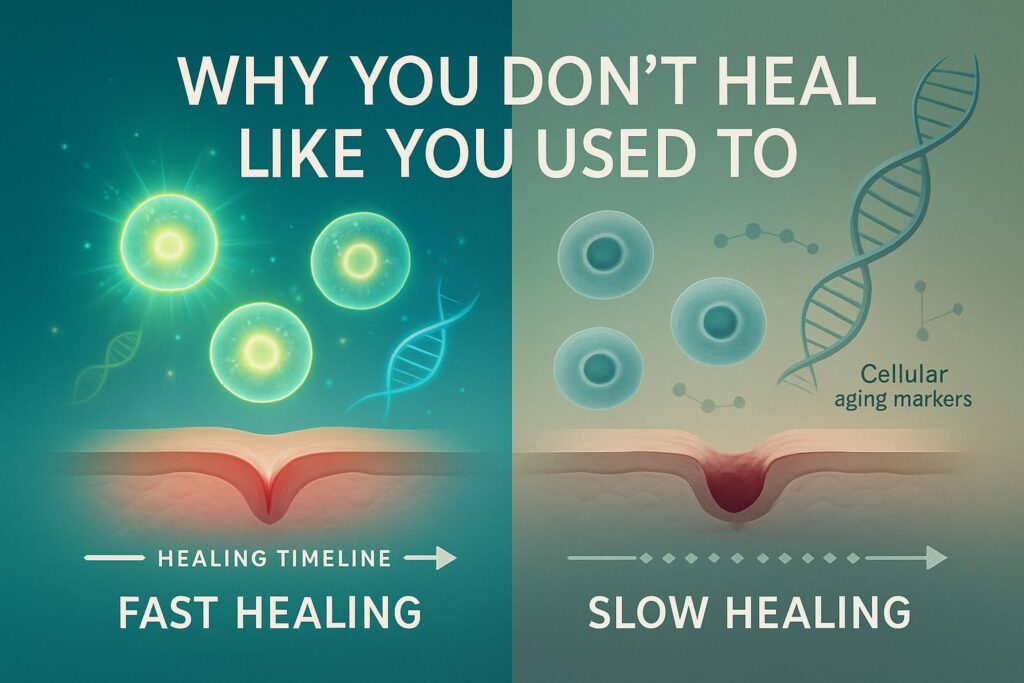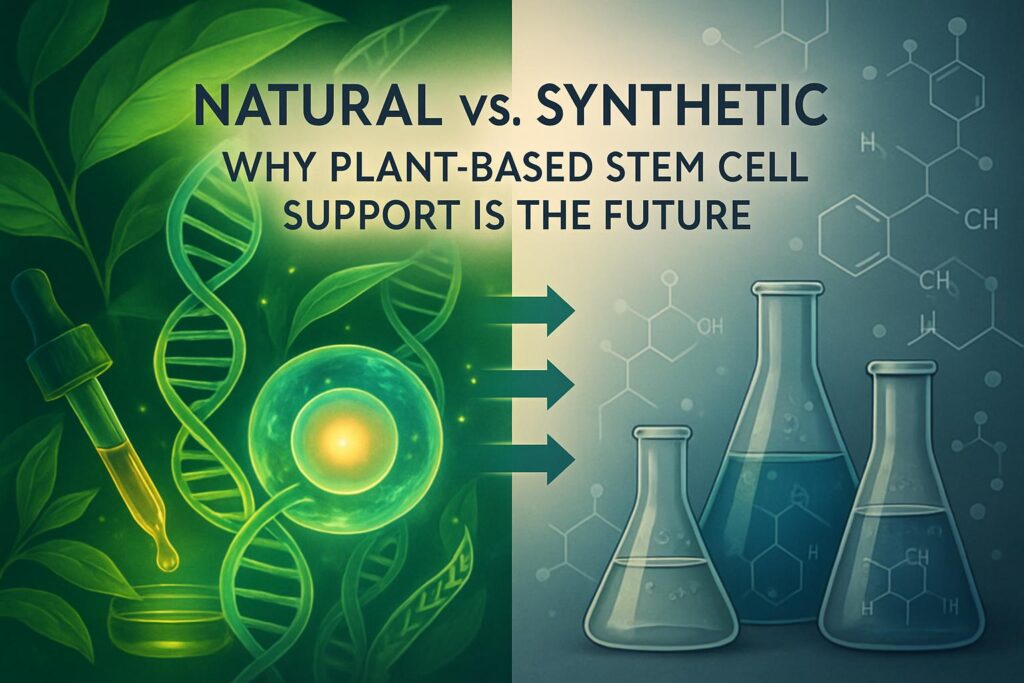Gene therapy, cell therapy and gene editing are fields of biomedical research with similar goals in mind: To treat disease by changing our bodies at a microscopic level. Specifically, these approaches aim to change our genetic makeup. However, each one changes our genetic material in slightly different ways. What do these approaches have in common, and what makes them different? Thanks to the American Society of Gene & Cell Therapy for this breakdown.
Video Transcription:
You might be curious to ask: What is the difference between gene therapy, cell therapy and gene editing? And why are they usually mentioned together? All three are areas of research with similar goals, treating diseases by changing the blueprints of our bodies on a microscopic level, our genetics. But how is it? Herein lies the difference between them.
Let’s first talk about gene therapy. It is the process of supplying, removing, or altering genetic material, specifically DNA or RNA, that is carried out on a patient’s cells to treat an acquired or inherited disease.
There are several ways gene therapy can be given. Usually genetic material, for example, as a working copy of a gene, is transferred to the cell. Once in the cell, the genetic material changes the way proteins are made so that it can take the place of a gene that has stopped working.
Proteins are the basic building block that powers our bodies, so they have a huge impact on our health.
The vector, usually a virus, delivers the gene to the cell. But don’t worry, viral genes that can cause disease are removed. The vectors are then injected directly into the patient’s body. Here, the new working gene can change the behavior of proteins inside the cell.
Cell therapy uses live and sometimes modified cells to treat disease. The transferred cells can be from the patient’s body or another person. Cell therapy is usually provided by blood transfusions. As for treatment with genetically modified cells, it is when a cell is removed from the body, and the gene inside it is changed, and then it enters again into the body. It combines components from both gene therapy and cell therapy.
For more information on this, see Dr. An example of this approach is CAR T-cell therapy. We take a cell from the immune system, usually a T cell, and give it a new gene that carries a specialized receptor that ‘s trained to target only molecules on the surface of cancer cells. A large number of these change cells are grown in laboratories and then reintroduced into the patient’s body to be able to kill cancer cells.
You may also have heard of CRISPR or zinc finger nucleases, which are types of gene editing.
Gene editing is a promising emerging technique that is working with gene therapy and cell therapy. There are no approved gene-editing therapies yet, but many are currently in the clinical and preclinical stages. The goal of gene editing is to remove or correct defective DNA elements within a gene. This can be done inside or outside the body, using the patient’s own cells or the cells of a donor. Gene therapy, cell therapy, and gene editing are ways to treat diseases at different microscopic levels in the body.
For more information about these treatments and how they work, visit ASGCT.org.
*** All content on NationalStemCellTherapy.com is for informational purposes only. All medical questions and concerns should always be consulted with your licensed healthcare provider.



